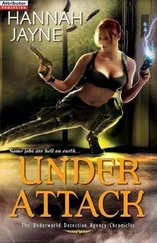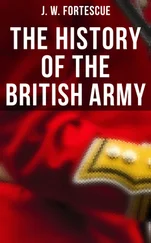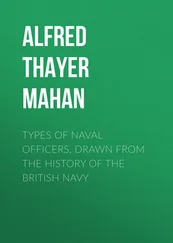From October 1939 until September 1940 the Bodleys received training in anti-gas procedures, learned how to use a stirrup pump to put out incendiary bombs, took part in ‘smoke drills’ in which they learned how to enter a burning building (on their stomachs, with their mouths as near the floor as possible), fire drill and putting out an incendiary bomb that was already blazing, and had mock exercises to teach them how to deal with an ‘incident’, complete with ‘bodies’ with labels attached detailing their imaginary injuries. They listened to a series of lectures on the correct way to load a stretcher, make a splint, bandage limbs, disinfect a gas mask and encourage the public to use theirs.
Nixon received some rudimentary instruction too, though it was on the job that her real training began. The Home Office recognised that ‘training can never be finished’, and she became aware of ‘the multitudinous things a warden needed to know, from the names of the residents in each house, and which shelter they used, hydrants, cul-de-sacs, danger points in the area, to the whereabouts of the old and the infirm who would need help in getting to the shelter, telephone numbers and the addresses of rest centres etc.’.
Full-time wardens had one day off a week, and part-time wardens were expected to turn up three nights a week; but in the blitz most put in many more nights. When the ‘yellow alert’ – bombers within twenty-two minutes’ flying time – was received in the wardens’ post, they would stop their game of cards or darts, or wake up from a snooze, don a tin hat and set off with a fellow warden to patrol their sector.
When the ‘red alert’ was received – indicating that planes were twelve minutes’ flying time away – the public sirens – the ‘Wailing Winnies’ (or Willies) or ‘Moaning Minnies’ – would sound, and people would start hurrying to the shelters, encouraged by the wardens who would be ‘ticking off the names of the residents in their area as they arrived, then back they went to hurry and chivvy the laggards and see that those who chose to stay in their houses were all right … They carried children, old people, bundles of blankets, and the odd personal possessions which some eccentrics insisted on taking with them to the shelters.’
The ARP wardens’ role was partly to look out for bombs falling, incendiaries alight or other incidents, acting as the ‘eyes and ears of the Control Centre in the field’ as the Ministry of Home Security’s account of the blitz put it, and partly to be ‘the chartered “good neighbour” of the blitz’, giving reassurance that there was someone out there in the dark streets, lit suddenly with blinding flashes of whiteish-green incandescent light as chandeliers of incendiaries fell, made violent by the drone of the bombers. (‘Where are you? Where are you?’ the novelist Graham Greene imagined them saying), the ‘sickly familiar swish of bombs’ falling with a thud, the crash of falling shrapnel and masonry, the deafening rat-tat-tat of the AA guns which ‘rose and fell in intensity’, each sounding subtly different. John Strachey called one near his Chelsea post the ‘tennis racket’ for the ‘staccato, yet plangent, wang, wang, wang; not unlike a sharp exchange of volleying at the net’ it made. For the journalist M.E.A. (‘Mea’) Allan, some of the AA guns on Hampstead Heath ‘just crashed, others sounded as if 50 people in the upstairs flat were playing tig around a billiard table, others as if 50 equally noisy children had collected tin trays and were banging them with hammers’.
Eight out of every ten heavy bombs dropped by German planes on Britain during the Second World War were high-explosive (HE) bombs – Sprengbombe-Cylindrisch (SC) general-purpose bombs – though tens of thousands of incendiary bombs fell during the blitz. The bombs were of various weights, ranging from 112 pounds (the bomb most generally dropped during the blitz, though by the beginning of 1941 heavier bombs were being used) to the 2,400-pound ‘Hermanns’ (named after the portly Göring, Commander-in-Chief of the Luftwaffe), the 4,000-pound ‘Satan’ (which could produce a crater large enough to accommodate two double-decker buses), and the largest bomb ever dropped on Britain, the 5,500-pound ‘Max’ (both names self-explanatory). The bomb’s thin metal casing was filled with amatol (TNT, ammonium nitrate and sometimes aluminium powder), and there was an electrical fuse in its side to detonate and ignite the explosive material, forming a ball of expanding, blazing gas while sharp shards of metal casing flew out with deadly penetrative power.
Конец ознакомительного фрагмента.
Текст предоставлен ООО «ЛитРес».
Прочитайте эту книгу целиком, купив полную легальную версию на ЛитРес.
Безопасно оплатить книгу можно банковской картой Visa, MasterCard, Maestro, со счета мобильного телефона, с платежного терминала, в салоне МТС или Связной, через PayPal, WebMoney, Яндекс.Деньги, QIWI Кошелек, бонусными картами или другим удобным Вам способом.












